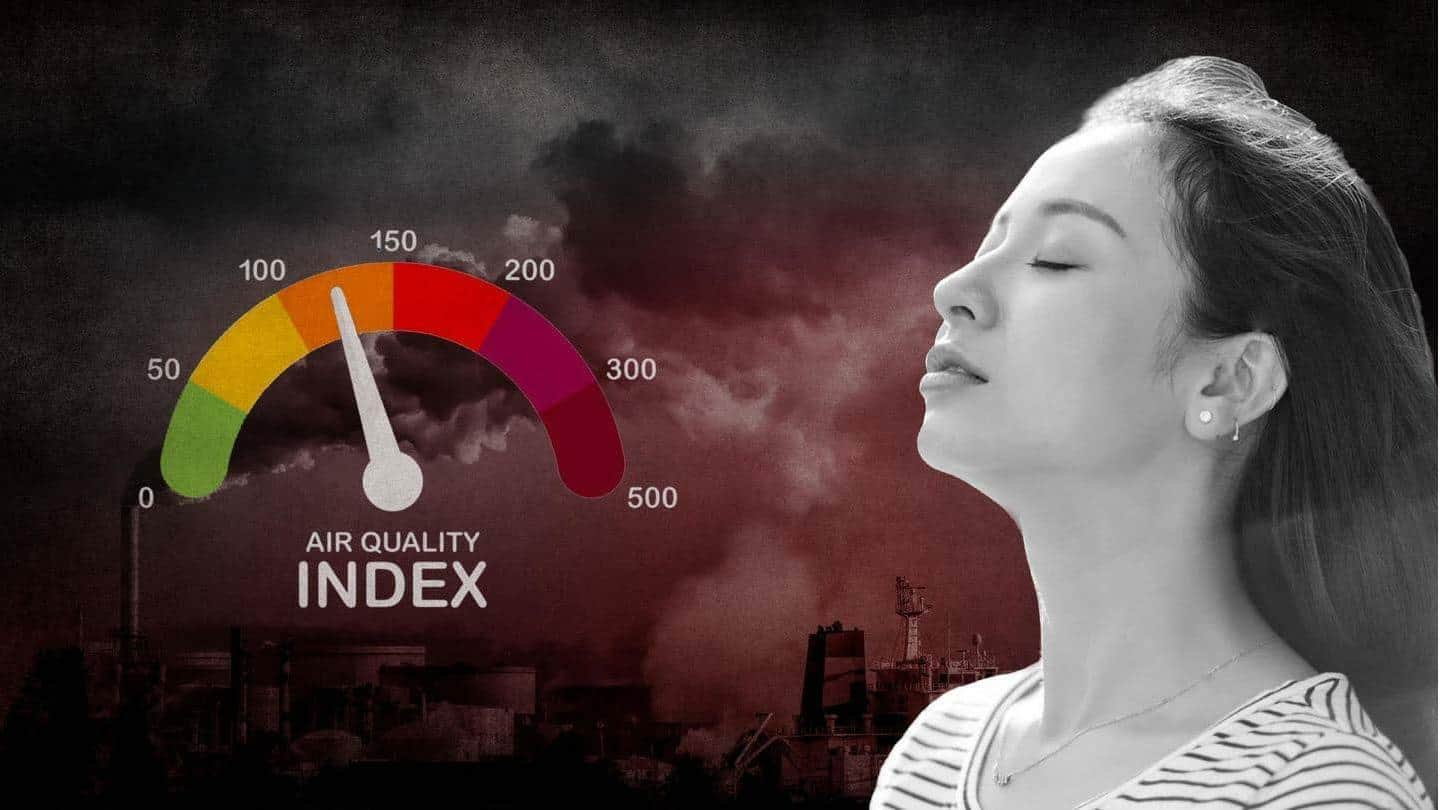
Delhi's air quality improves, Noida reels under 'very poor' AQI
What's the story
Following weeks of hazardous air quality in Delhi, the capital city recorded a significant improvement on Tuesday with the Air Quality Index (AQI) at 221 (poor) against 309 (very poor) on Monday.
However, Gurugram and Noida in the National Capital Region (NCR) continue to reel under inferior air quality at 162 and 302 PM 2.5, respectively.
Context
Why does this story matter?
Delhi is one of the most polluted cities in the world, posing a significant health threat to its almost three crore citizens, besides the floating population.
Moreover, NCR's air quality plummets to dangerous levels during the winter season almost every year.
Details
What do air quality monitoring points show
According to the System of Air Quality and Weather Forecasting and Research (SAFAR), the air quality monitoring point at Lodhi road shows AQI at 152, Ayan Nagar at 173, and Pausa at 186.
On November 4, Delhi recorded the worst AQI of the season at 472, considered in the "severe" category, while neighboring Gurugram and Noida recorded AQIs of 562 and 539.
Air quality
Improvement in AQI since last Monday
To recall, Delhi, Noida and Gurugram's AQI on Monday morning was 309, 344, and 290 respectively, as per SAFAR data.
The improvement was recorded after the national capital announced a ban on BS-3 petrol and BS-4 diesel vehicles from November 4.
Following the improvement in air quality, the ban ordered by the Commission for Air Quality Management (CAQM) was lifted on November 14.
Source
Cases of residue burning contribute to pollution
The National Capital Region witnesses heightened pollution during the autumn season due to stubble burning in its outskirts and neighboring states of Haryana, Uttar Pradesh.
To deal with the rising pollution, the government sprayed bio-decomposer solutions in paddy fields at many places to prevent stubble burning, which mainly contributes to pollution.
Authorities said that the spray has remained "helpful" in checking pollution.
Definition
What does PM 2.5 mean in Air Quality Indexing?
PM 2.5 are 2.5 micron or less diameter fine particles having capability to travel deep into the respiratory tract and can reach the lungs to make entry into the bloodstream. PM 2.5 constitutes AQI 400, considered 'severe' and can affect healthy and seriously ill people.